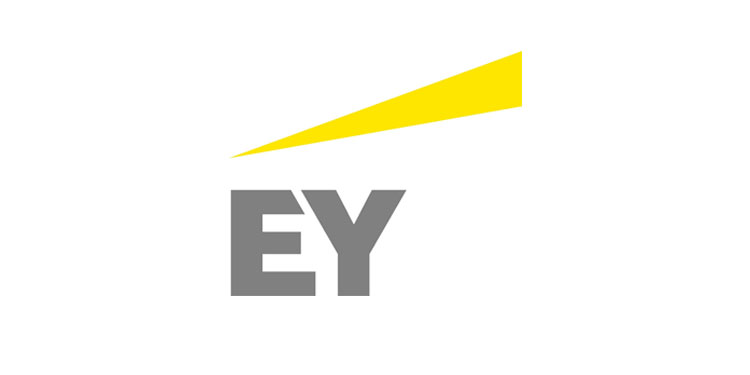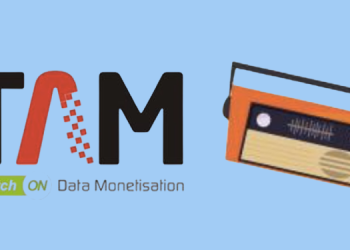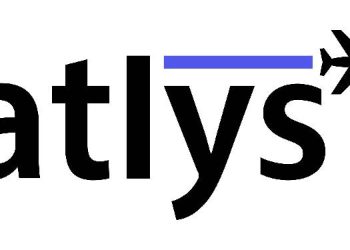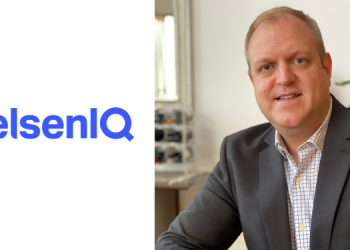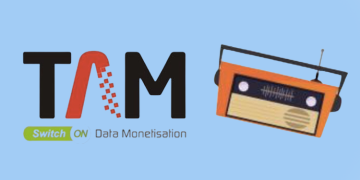Mumbai: In the face of unprecedented economic disruption caused by the COVID-19 pandemic, non-metro markets are likely to recover faster than metro markets, an EY survey finds.
The EY report ‘Will non-metro markets propel India’s recovery’, reveals a higher percentage of respondents from non-metro markets expect to spend more than before on several categories compared to metro markets indicating that when the lockdown ends, green shoots of recovery would probably sprout faster from the non-metro markets.
The survey covered a varied demographic mix of more than 4,000 respondents (2,000 each from the metro and non-metro markets) to understand the potential impact of the pandemic from the consumer sentiment perspective. It covered key aspects linked to the current and expected attitudes, behaviors, and spending trends of consumers as they adapt to the new reality.

Ashish Pherwani, Partner and Media & Entertainment Leader, EY India, stated, “The COVID-19 pandemic has radically shifted our way of life. However, despite uncertain and challenging conditions, our research shows that non-metros express a higher degree of resiliency and resolve to bounce back quicker compared to metros. We may see long-term and even permanent changes in consumption patterns”.
The survey results reveal that the pandemic and the ensuing social distancing measures put in place have led to fundamental changes in how Indians are consuming media, necessities, luxury products education, and travel.
Some of the key insights from the survey include:
- Health, hygiene and online services will continue to grow
While COVID-19 has impacted overall consumption, categories like health products, household products, hygiene products, vitamins and supplements, and online services (gaming, home entertainment, online education, online banking) are expected to benefit.
- Non-metro market recovery is excepted to be faster than metro recovery
Categories like consumer goods, travel, entertainment, automobiles, and white goods are all expected to see the increased and faster recovery of demand from non-metro markets post the lockdowns.
- Increase in digital adoption
Digital trials increased significantly during the lockdown period. However, adoption was higher for metros vis-à-vis non-metros. Some of the obstacles stated by non-metro respondents included lack of technological knowledge, absence of smartphones and fewer language interfaces.
- Newspapers remain the most trusted medium
The impact of coronavirus has unfolded at a dynamic rate, causing a sense of urgency to absorb information, increasing the consumption of news coverage at unprecedented levels. Newspapers continue to remain the most trusted news source. 42% respondents in non-metro markets spend more than 20 mins in reading a newspaper compared to 36% in metros.

